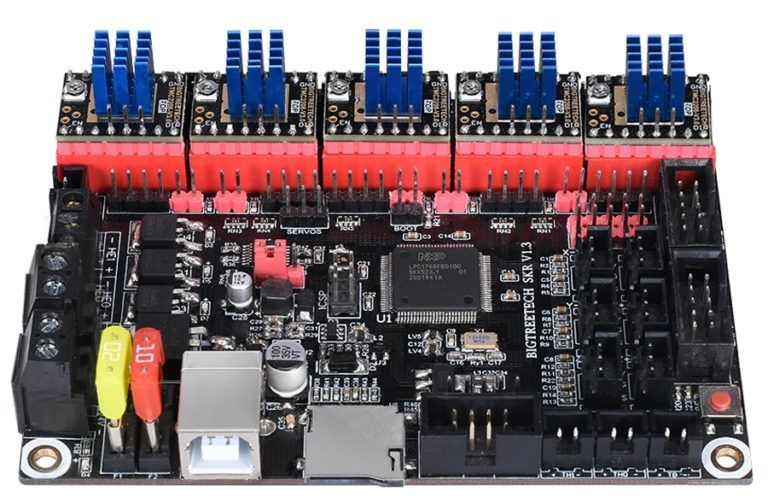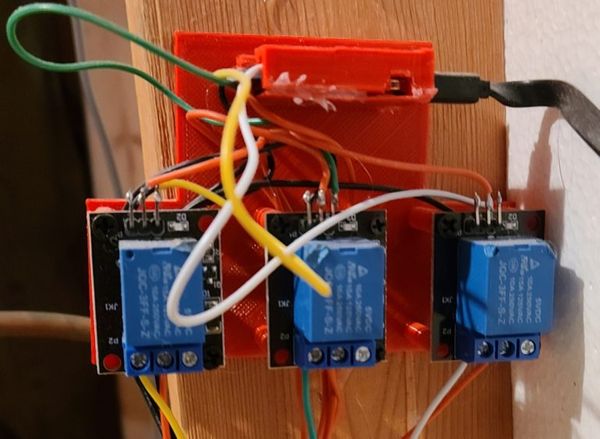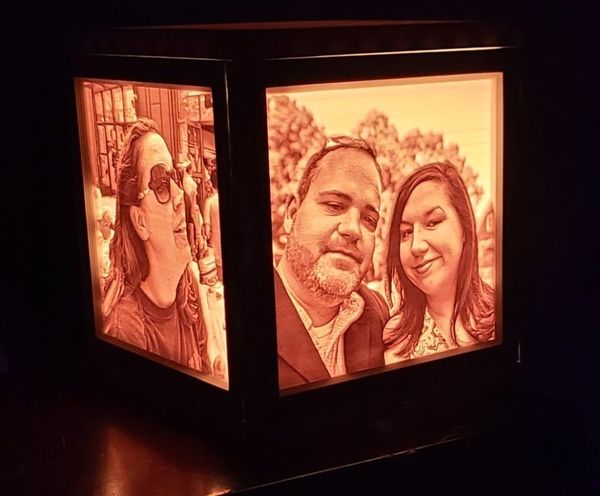Goodbye Klipper, Hello SKR v1.3 with Marlin
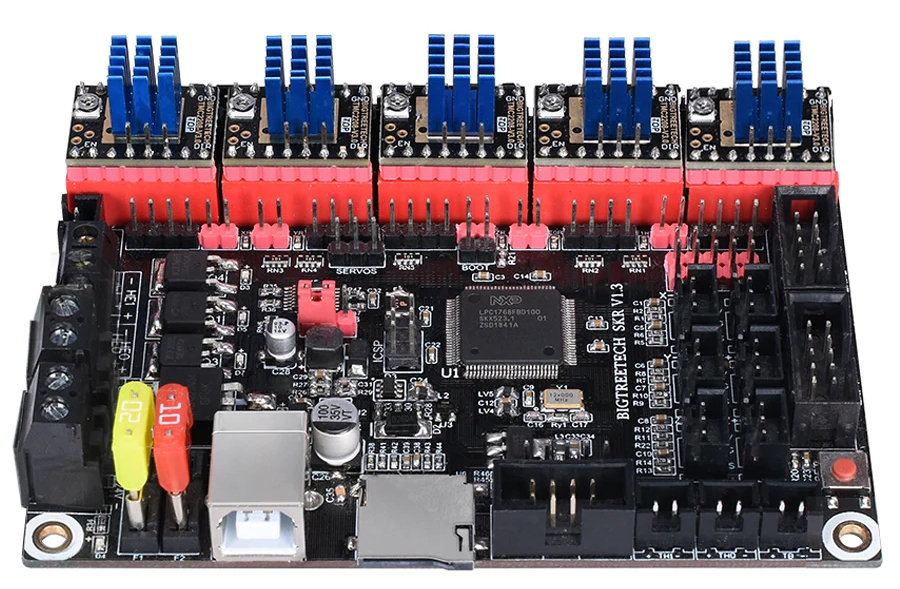
A few weeks ago I made a post singing the praises of the Klipper firmware on my Ender 3 pro. While I do believe that for an experienced user, Klipper running on a Raspberry Pi is superior to the stock Marlin firmware that comes on the printer, it is simply not ready for most people. Setting it up and dialing in the settings to get high quality prints takes more time than most are going to have, or at least be willing to invest.
So after spending countless hours doing just as I described above, I began looking into simply replacing the board in my Ender. I ordered the latest and greatest SKR v1.4 ‘Turbo’ from Amazon and waited impatiently for 2 days for it to arrive. Unfortunately for me it arrived D.O.A. However, in looking around for setup tutorials and firmware for the board I noticed that this board was in fact still very new and the amount of information on it is just not all that plentiful. So before contacting Amazon to make my return, I decided to take a step back and order a v1.3 board with the TMC2208 stepper drivers. My reasoning being that both are much better supported and there is a TON more documentation.
After waiting another few days for the v1.3 board to arrive, I eagerly opened and flashed it. I installed it in my Ender 3 Pro using an all-in-one electronics case that fits in the back of the printer. You can find it here. There are variations of this case, but for me I chose the one for the SKR v1.3 on the right and a Raspberry Pi on the left. This case has great cable management and made moving all of the electronics to the back a breeze. I also want to note that Teaching Tech has a great tutorial video on the SKR v1.3 and the various stepper drivers, here. Check it out, I highly recommend watching it all the way through before beginning your board change. He does a great job of walking through the firmware and helping you make any necessary changes. Suffice it to say that the Marlin firmware is much further along than the Klipper firmware and it runs natively on whatever board you install it on. No need for the separate Raspberry Pi.
I would, however, recommend keeping a Pi running with Octopi. Let me go into this just a bit. First, the interface is great. It allows you to see a history graph of the temperatures of the hotend and the bed. So if there are any issues with either of those maintaining temp, you will be able to spot it quickly. Second, it is just a pain the the ass to insert and remove the SD card from the rear of the printer each and every time you want to print something. I know this could be avoided by connecting it to your desktop pc and printing directly from your slicer. While I understand this approach, I am more of a dedicated “appliance” type of guy. I like to have something like a Pi that does one job and does it well. You can also do a TON of other cool things with Octopi like time lapse videos using a webcam or any other camera that can stream to Octopi.
As far as the Bigtree Tech SKR v.1.3 goes, it has been rock solid for me. I can comfortably print just about anything at 100mm/s without haveing to worry about the quality. I believe, and I will test this theory out soon, that I could print much faster if I wasn’t handicapped by the stock hotend. I have a E3D V6 on the way currently. Thanks to the current situation, it has been slightly delayed in shipping, being that it is coming out of China and all.
The TMC2208 stepper drivers are also a big part of this quality/speed upgade. First of all, THE NOISE. I cannot express how nice it is to not hear a symphony of electronics noise every time I want to print something. The fan noise is still there, but that is all. I am now able to comfortably sit in the same room as the printer while something is printing without having earbuds or headphones on, and without having to turn the speakers of up so loud that my neighbors, 2 houses away, can probably hear me. These stepper drivers are smooth they are one of those parts that just work without any need to tweak the settings after telling the firmware that you are using them. The 2208’s support UART, and this makes the need to set voltage, etc. unnecessary. Just plug them in, set the option in the firmware, and print.
The Marlin firmware I am running is new latest 2.0.x bugfix . I have to admit that it runs flawlessly on this printer. The lithophane pictured below was done on the Ender 3 Pro with the new board and firmware. One thing about the Marlin firmware is that it just works and gets out of your way. I believe there is something to be said about any software/firmware that does this.
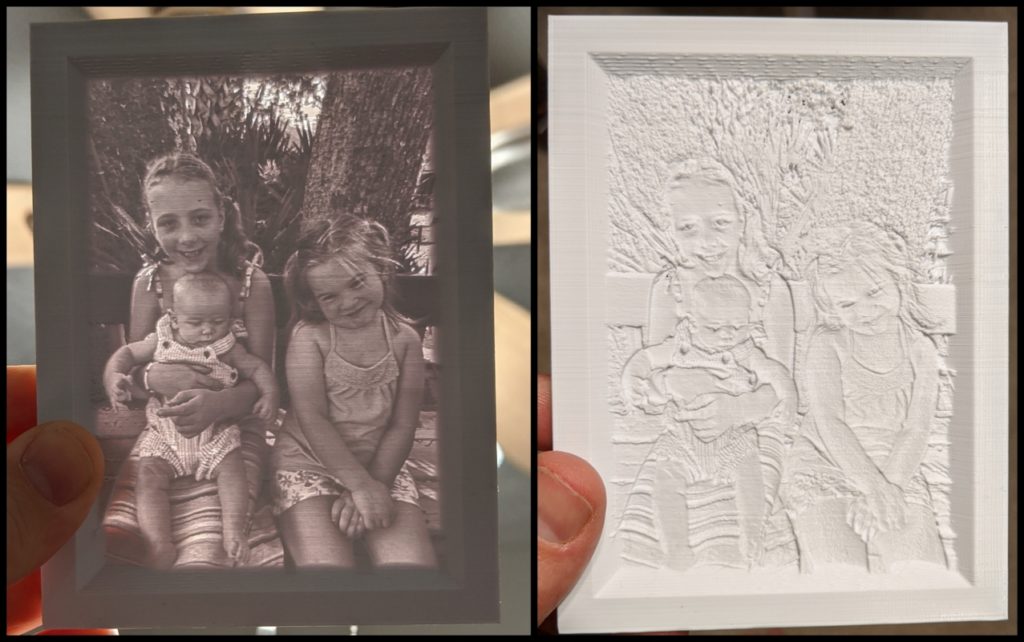
Overall, I would highly recommend the upgrade to the Bigtree tech board and stepper drivers. There are a few different stepper drivers you can choose from, and a couple are newer than the ones I chose. However, I was looking for a solution that wouldn’t be too much trial and error and more out of the box “just works.” That is not to say that everything worked perfectly as soon as it was plugged in, but it was about as close to an out of the box experience as I think you’re going to get with replacing the main board and stepper drivers with aftermarket parts. The quality and speed of the prints coming out of my Ender 3 Pro have both increased.
If you have any comments/questions please feel free to reach out. All of my details can be found on the contact page and the comments section is directly below.
-The Linux Trucker
5/5/2020
